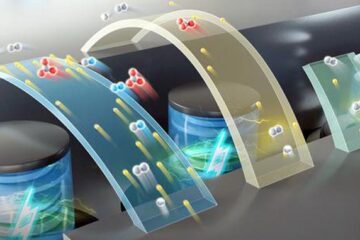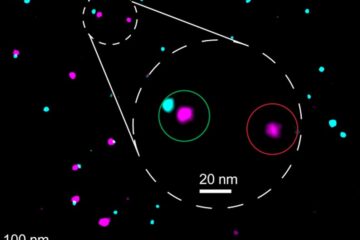Temperature-Independent High Precision Resistor and Expansion Sensor (nanoNi@C®)

A combination of metal and carbon layers enables to combine the two main characteristics “high expansion sensitivity” and “temperature-independence of the resistor” in one single material. The negative temperature coefficient of carbon is balanced by insertion of metal (nickel) with a positive temperature coefficient, leading to the possibility of producing a material using very low temperature dependence. This new technology offers temperature-independent (± 11 ppm/K in measuring range of 25-200 °C) resistors that show a strong modification of electric resistance depending on the material’s expansion.
Further Information: PDF
Universität des Saarlandes Wissens- und Technologietransfer GmbH PatentVerwertungsAgentur der saarländischen Hochschulen
Phone: +49 (0)681/302-71302
Contact
Dipl.-Kfm. Axel Koch (MBA), Dr. Conny Clausen, Dr. Nicole Comtesse, Dr. Frank Döbrich
Media Contact
All latest news from the category: Technology Offerings
Newest articles

High-energy-density aqueous battery based on halogen multi-electron transfer
Traditional non-aqueous lithium-ion batteries have a high energy density, but their safety is compromised due to the flammable organic electrolytes they utilize. Aqueous batteries use water as the solvent for…

First-ever combined heart pump and pig kidney transplant
…gives new hope to patient with terminal illness. Surgeons at NYU Langone Health performed the first-ever combined mechanical heart pump and gene-edited pig kidney transplant surgery in a 54-year-old woman…

Biophysics: Testing how well biomarkers work
LMU researchers have developed a method to determine how reliably target proteins can be labeled using super-resolution fluorescence microscopy. Modern microscopy techniques make it possible to examine the inner workings…

















